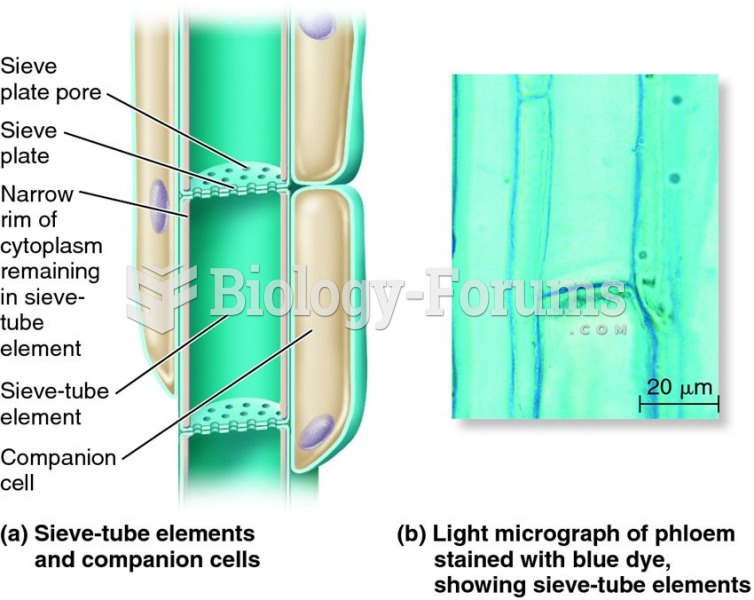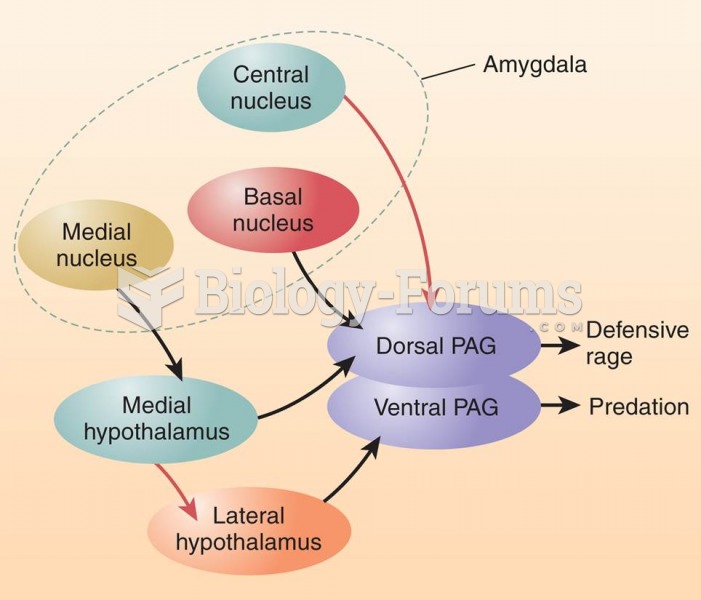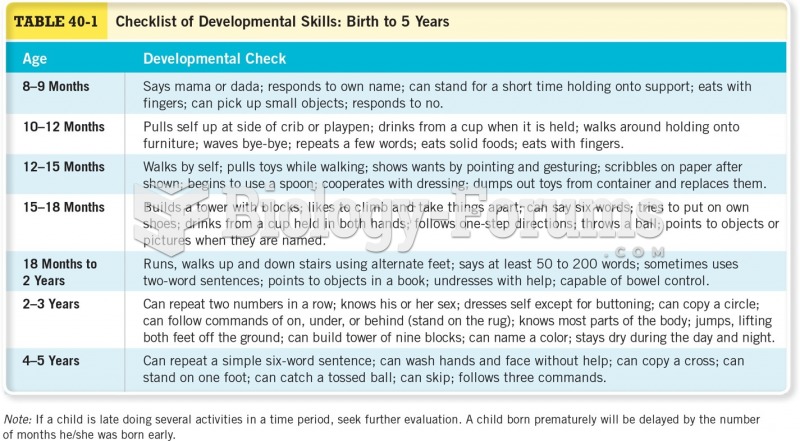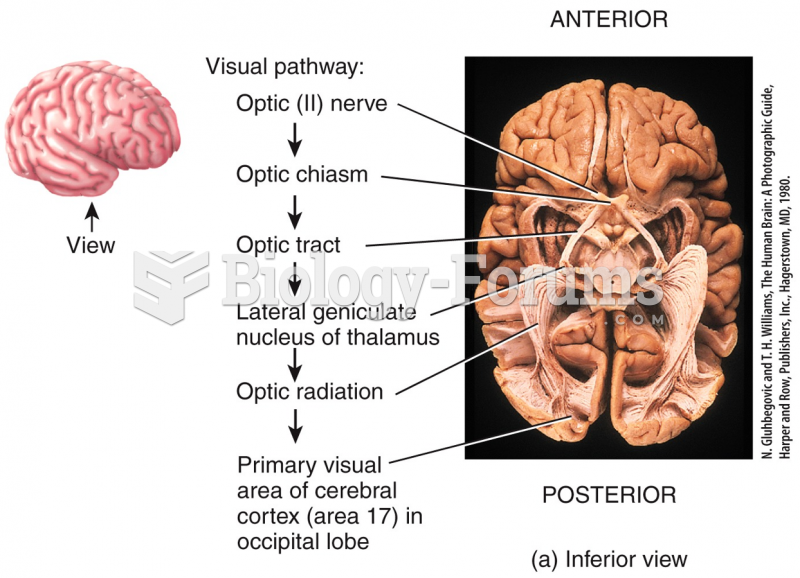Answer to Question 1
One of my colleagues sisters was born with a neural tube defect (NTD) similar to Daniels open spine. In her childhood, she had some difficulty walking, and in adolescence, was unable to participate in organized sports. As an adult, she has suffered from both meningitis and bladder/bowel incontinence. She has also had difficulty maintaining adequate health insurance coverage.
Some NTDs may give rise to progressive neurological deterioration. Some NTDs have complications of meningitis, especially with open NTDs. Some individuals with NTDs suffer from mental retardation, or learning disability. And then, some individuals with NTDs have the common clinical conditions of paralysis and bladder/bowel incontinence.
Mental retardation occurs in about 10-15 of persons with NTDs. Many closed NTDs go undetected through childhood, and the child may suffer learning disabilities without any diagnosis of a NTD. Many individuals with NTDs have medical complications in adulthood. And of course, depending upon the differential diagnosis of the NTD, many individuals born with a NTD may not survive past the first year of life.
Answer to Question 2
During training for the Ironman competition, Rose often felt overly tired and overwhelmed. Her diet did not provide enough energy and she often felt sick despite frequent consumption of sports drinks. Evidently, Rose knew how to train and trained adequately to complete the Ironman. However, it appears that her lack of dietary preparation while training and during the event may have contributed to her inability to have energy throughout both training and the Ironman. Some of the physiological stress that Rose experienced may have been exacerbated by poor nutrition. During training for the Ironman, Rose needed more carbohydrate (10 g/kg body weight); more protein (1.4 to 1.7 g/kg body weight); more lipid to meet calorie demands of her hours of physical activity; more fluid for hydration; and possibly supplements of iron, zinc, and calcium.
Due to the physiological adaptations of her body to the high-intensity physical activity, Rose may not have adapted her dietary intake to meet the increased nutritional demands from exercise. As discussed in Chapter 9, energy metabolism during prolonged physical activity requires the combined efforts of gluconeogenesis and glycogenolysis to sustain glucose levels for the muscles. Once glycogen stores of the liver and muscle are depleted, then glycogenolyis is no longer used. Usually gluconeogenesis is not capable alone to provide sufficient glucose to the muscles and Rose may have hit the wall, described as feeling a profound fatigue. Had Rose known about this predictable metabolism of prolonged activity, then possibly while training and during the Ironman event, she would have known to consume glucose-enriched sports drinks, energy bars, or energy gels, and possibly more fluid to counteract these concentrated forms of glucose.








